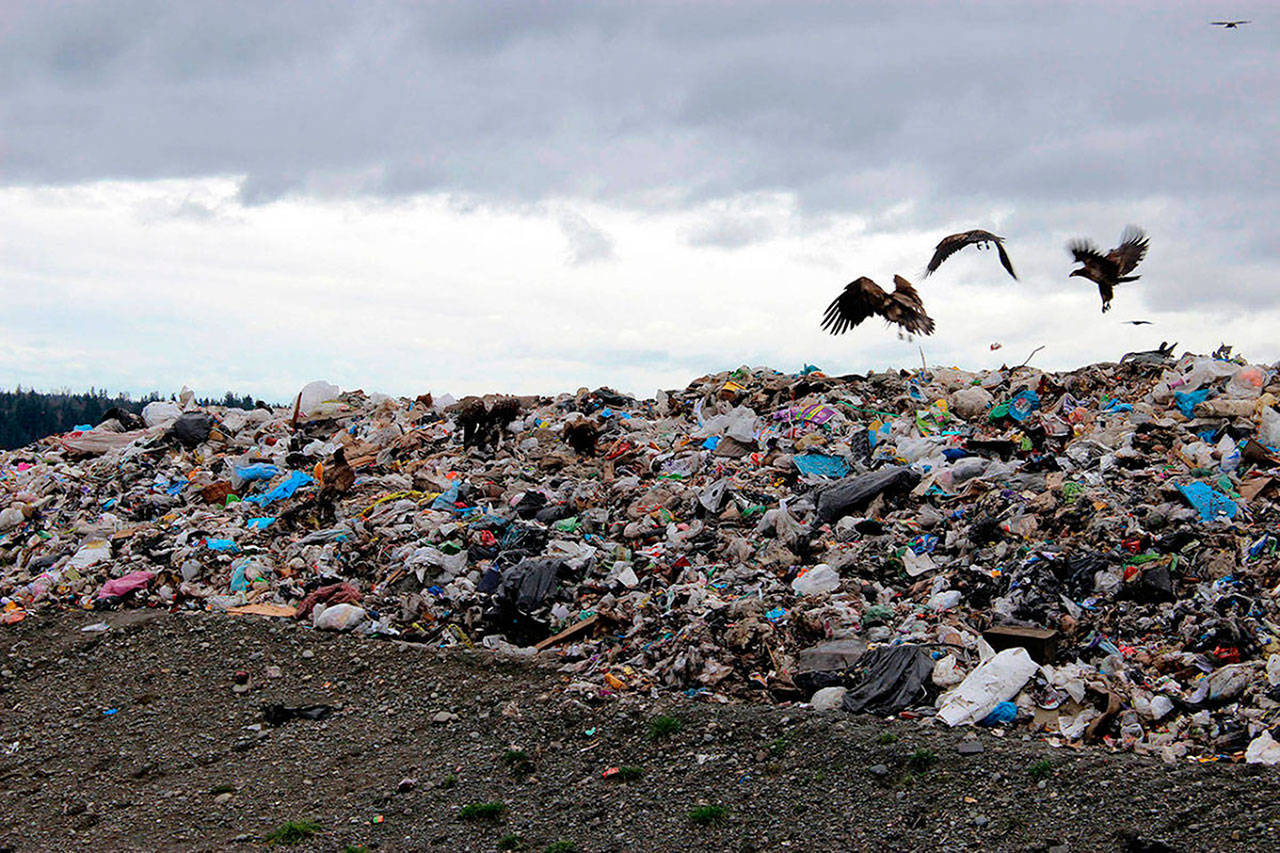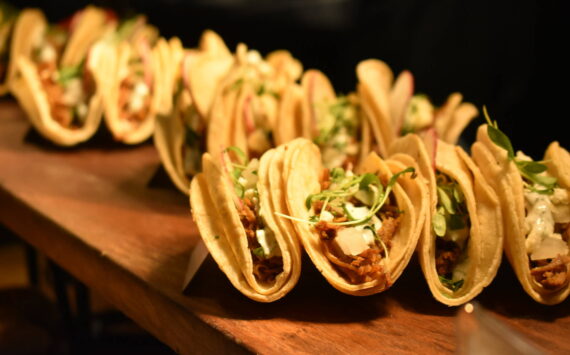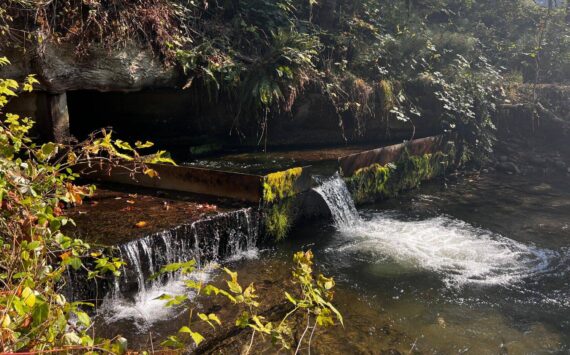On July 7, King County Councilmember Reagan Dunn introduced legislation that would establish an advisory committee to research how King County could build a waste-to-energy facility to dispose of solid waste as an alternative to the existing Cedar Hills Landfill.
The committee would be tasked with creating a plan for King County that covers all elements of how to transition seamlessly from a landfill to a waste-to-energy facility.
“King County needs to stop putting our trash in the ground and modernize our waste disposal,” Dunn said. “Over the last decade, the waste-to-energy sector has seen a lot of exciting innovation that makes it the cheapest and most environmentally friendly method available.”
Dunn called the Cedar Hills Landfill a “massive” and “odorous” landfill in need of a cleaner alternative.
King County’s Comprehensive Solid Waste Management Plan, approved by the council in 2019, included an amendment sponsored by Dunn requiring King County to find a new long-term waste disposal method for when the Cedar Hills Landfill reaches its maximum capacity.
The landfill is anticipated to reach capacity by the year 2040, according to the county.
Dunn would like to encourage King County to move toward a waste-to-energy facility, which converts solid waste to energy, to be used in forms such as electricity.
A 2019 feasibility study commissioned by King County concluded that “waste-to-energy facility disposal will provide a significant financial and environmental benefit to the county” over waste export by rail.
The idea has momentum within the community near the landfill. Residents have long advocated for an alternative waste disposal method.
“Waste-to-energy is the only option that has a minimal impact on the community and the environment, and it solves our waste stream for years and years to come,” said Janet Dobrowolski, who lives next to the landfill. “It also provides electric and steam energy from a renewable resource. It is clean and has no issues with leachate, odors, or water contamination.”
Waste-to-energy is particularly popular in Japan, Scandinavia and Switzerland. Japan burns 74 percent of its municipal waste for energy recovery, according to the U.S. Energy Information Administration.
About 12% of municipal solid waste in the U.S. was converted in WTE facilities in 2018, according to EPA data. But half of all waste was still put in landfills in the same year.
“Burying garbage in a hole was never a good idea, and it’s a mistake we should not repeat,” said Tag Gornall, a Vashon Island resident. “With the modern technology available to us today, we should be ashamed of the possibility that future generations will inherit from us a continuing legacy of burying garbage in holes. We owe it to those future generations to find smarter and greener solutions.”
According to a press release from Dunn’s office, the new committee’s transition plan would include research on the cleanest, safest, and most cost-effective technologies available; discussions of the experiences of other jurisdictions that have implemented waste-to-energy technologies; a list of outstanding questions that need answering and actions that need to be taken; the identification of potential barriers and how they could be overcome; a consideration of how a technological change would be coordinated regionally; and a discussion of the viability of performing a pilot project before fully implementing a new technology.
Members of the committee would include industry, regulatory and environmental experts, who would be appointed by the King County Council. The committee would also be required to engage with community members who live near the Cedar Hills Landfill.
The legislation will be referred to committee at the July 13 meeting of the King County Council.








